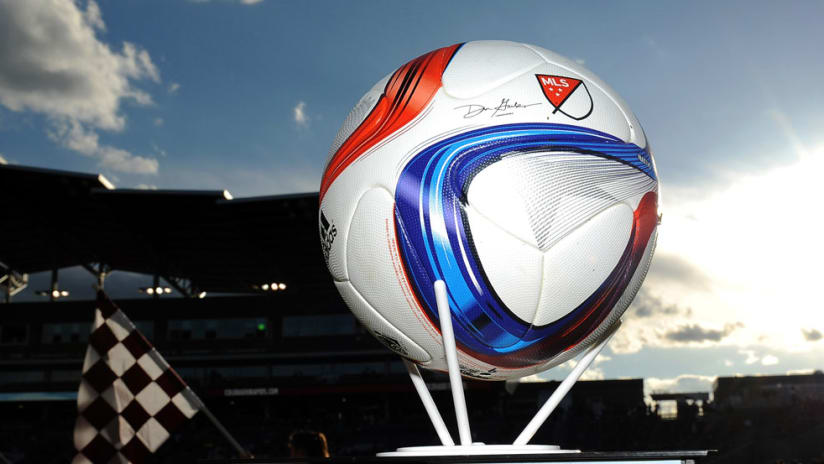Major League Soccer has a stated mission of becoming one of the best leagues in the world in 2022, and the league’s owners will be spending close to an additional $37 million on player salaries over the next two years to help achieve that goal.
That was the message from MLS Executive Vice President for Players and Competition Todd Durbin in a meeting with media members on Wednesday morning to explain details of the new league initiatives that will see teams be allowed to spend close to $2 million each for the signing of players in the middle of their roster and Homegrown Players.
"We believe that the best way to achieve our strategic goal [to become one of the top leagues in the world by 2022] is to make sure the money is targeted and spent in this area of the roster which we believe, in the short term, is our biggest area of need and allows for the biggest improvement of the product on the field,” Durbin said.
While the Designated Player initiative provided the league a steady stream of high-profile stars and impact players — clubs can dig into their own pockets to sign up to three players whose salaries can exceed the maximum player budget charge of $457,500 — teams will now be able to invest in other core players using $800,000 of Targeted Allocation Money (TAM) in 2016 and 2017 to buy down player salaries to fit the team salary budget ($3.6 million), as well as an additional $125,000 each year to be used on Homegrown Player signings.
“Many of our teams had high-quality players. … What also became clear was that we needed more depth," Durbin said. "We were making significant inroads in the top 5-6 players on a roster, but if we wanted to make more strides in terms of development, we needed to direct more resources into the middle of our rosters."
“We’re trying to drive up the average spend and drive up the quality of players in that next tier of roster spots,” Durbin continued. “[TAM] is designed to get that next group of players that are out there … to attack that core portion of our starting 11. To drive product quality, it’s important to drive this investment.”
The league’s Board of Governors approved the additional investment at the recent Board of Governors meeting at the MLS Cup final in Columbus, Ohio, after the league’s Product Strategy Committee, made up of club owners, formulated the recommendation for Board approval.
It is an expansion of the TAM initiative introduced in 2015 as part of the new Collective Bargaining Agreement struck with the MLS Players' Union, which saw $500,000 provided to clubs to be used over the five seasons of the CBA (2015-2019).
“[Teams] can now go out and upgrade with two players who make $700,000 or $800,000 with zero impact on the salary budget,” Durbin said of the additional TAM funds provided to teams. "It will allow you to go out to the international market and upgrade your roster with two, three or four players at an increased salary budget."
Given the growing importance of TAM in league transactions, MLS officials are considering making some of these dollar figures public. That discussion will take place between league officials and club technical directors at the upcoming adidas MLS Player Combine in January.
"It’s something we’re taking a very hard look at this offseason,” Durbin said. "We haven’t done it, historically, primary for competitive reasons, because teams have felt strongly that to the extent other teams know how much money is out there and available, that it’s going to impact their negotiations, among themselves with trades or with players coming in [from the international market]."
As for the future of TAM beyond 2017, Durbin indicated that no decisions have been made.
“We’re constantly evaluating if the level of spending is appropriate. That exercise is ongoing and continuous,” he said. "We had one Designated Player [allowed per team in 2007], and we thought it made sense and increased it to three [in 2010] … We thought TAM was working [in 2015] and decided to increase the expenditure in that space [in 2016 and 2017]. The same has happened in youth development and what’s happening with USL teams.
"It’s our primary goal to improve our product quality. We have as our goal to be one of the best leagues in the world in 2022, and we’re going to evaluate on an ongoing basis and make adjustments as necessary."













